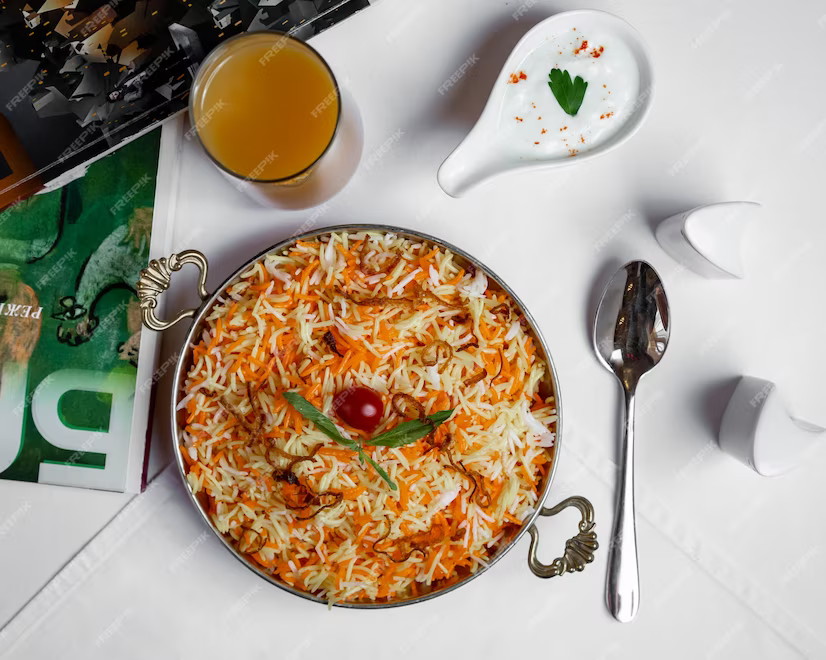Difference Between Hard Anodised and Non-Stick Cookware: Features, Uses & Milton’s Top Picks
Picking the right set of cookware can seem like manoeuvring through a maze of materials, coatings, and marketing promises. Now, what is the difference between hard anodised and non stick? The two options each have their charm, and are both convenient, reliable, and perform well in the kitchen.
But which one actually stands out when it comes to your kitchen? Whether you’re flipping pancakes or searing parathas, knowing the distinction between these two cookware options is key to mastering your meals.
What is Hard Anodised Cookware?
Before understanding non stick vs. hard anodised differences, let us see what is meant by hard anodised cookware. This type of cookware is made from aluminium that goes through a special process to make it stronger and last longer. It turns dark in colour, usually black or grey, and becomes much tougher than regular metal pans.
One of the best things about hard anodised cookware is that it does not react with food, even if you are cooking something sour like tomatoes or lemon-based dishes. This means your food stays safe and tastes just the way it should. It also heats up quickly and spreads the heat evenly, so your food cooks nicely without burning in spots.
What is Non Stick Cookware?
Non-stick cookware generally has a base made from a metal such as aluminium or stainless steel that has been treated with a non-stick surface, usually a synthetic one such as PTFE (Teflon) or ceramic.
It is against this coating that we are told 'nothing will stick'. It’s perfect for simple tasks like making omelettes or pancakes. They are non-stick and lightweight, which makes them perfect for everyday use. But care needs to be exercised while using them to avoid scratches.
Key Differences Between Non-Stick Cookware and Hard Anodised
Here’s all you need to know about the difference between non stick and anodised cookware -
|
Feature |
Hard Anodised Cookware |
Non-Stick Cookware |
|
Material Composition |
Aluminium with anodised layer |
Aluminium or steel with non-stick coating |
|
Durability |
Extremely durable, resistant to warping and corrosion |
Less durable, coating can wear off with time |
|
Cooking Surface |
Non-reactive but not completely non-stick |
Completely non-stick surface for effortless cooking |
|
Oil Usage |
Requires moderate oil or seasoning |
Requires very little oil for cooking |
|
Heat Conductivity |
Excellent heat distribution and retention |
Good, but depends on base metal used |
|
Maintenance |
Slightly higher—hand wash recommended |
Easy to clean, usually dishwasher safe |
|
Weight |
Heavier |
Lighter and easier to handle |
|
Heat Tolerance |
High—can be used on higher flame |
Lower—should not be overheated to avoid damaging the coat |
|
Cost |
Generally more expensive |
Budget-friendly options available |
Now, let’s see which is better non-stick or hard anodised -
Hard Anodised Cookware Suits Best For:
-
Daily cooking with high-heat recipes
-
Cooking acidic foods like tomato-based curries
-
Households where durability is key
-
Recipes requiring long simmering or slow cooking
-
Those preferring metal utensils (if the surface allows)
-
Chefs who prefer even heat distribution for consistent results
Non-Stick Cookware Is Perfect For:
-
Cooking low-oil meals such as eggs and pancakes
-
Busy individuals looking for easy-clean options
-
Light sautéing and delicate cooking
-
Beginners who want fuss-free cooking
-
Quick breakfast preparations
-
Households with minimal stovetop use
Hard Anodised or Non-Stick: Which Is Better?
The answer to the question ‘hard anodised or nonstick which is better?’ lies in your cooking habits. Hard anodised can be a good option if you are someone who –
-
Cooks often
-
Experiments with varied recipes
-
Needs cookware that lasts for years
On the other hand, if you're looking for convenience, quicker clean-up non-stick cookware checks all the boxes. Ultimately, it’s crucial to know the difference between hard anodised and non-stick cookware to make the right choice.
Why Is Selecting the Right Cookware Material Important?
You need to properly understand the anodised vs non-stick differences because choosing the right cookware is essential for:
-
Health and safety – The wrong material might leach chemicals or react with food.
-
Cooking efficiency – Better heat distribution reduces cooking time and energy use.
-
Ease of maintenance – Some cookware needs special care, others are easy to clean.
-
Cost-effectiveness – Investing in the right cookware saves money in the long run.
-
Longevity – Durable materials prevent frequent replacements. So keep this aspect in mind while comparing hard anodised cookware vs nonstick.
-
Cooking style compatibility – Certain recipes require specific materials to achieve the best results.
-
Aesthetics and kitchen harmony – Matching your cookware with your cooking habits and style enhances your overall kitchen experience.
Milton ProCook's Top Picks for Hard Anodised and Non-Stick Cookware
Milton.in, a name synonymous with quality kitchenware, offers both hard anodised and non-stick options that cater to diverse Indian cooking needs. Here are two top picks from their Milton ProCook range that blend innovation, functionality, and style.
Tawa Hard Anodised (Milton ProCook)
This hard-anodised tawa from Milton ProCook is a powerhouse in any kitchen. Designed with a non-stick, non-toxic surface, it ensures healthy cooking without compromising on taste. The comfortable grip handle offers safety and ease, especially during fast-paced cooking.
Its wide base promotes even heat distribution, ideal for making rotis, dosas, or parathas uniformly. Made from material that is two times harder than alloyed steel, this tawa promises durability, resistance to warping, and long-term reliability, making it perfect for everyday Indian cooking.
Omni Tawa Non-Stick Blackpearl Induction (Milton ProCook)
The Black Pearl Omni Tawa from Milton ProCook is a versatile non-stick option that performs brilliantly across different stovetops, including gas and induction. With a 3-layer food-grade non-stick coating, it will resist wear and scratches very effectively. It also maintains its sleek performance for years.
The cool-touch handle is there to offer safe handling. Also, the durable non-stick surface makes cooking and cleaning easy. Its design is lightweight but also tough. This makes it ideal for daily cooking that involves minimal oil. This tawa is crafted to deliver on both function and finesse, whether you're flipping pancakes or shallow frying snacks.
Conclusion
The difference between anodised and non stick cookware isn't about which is universally better, but which is better for you. If your kitchen sees heavy, diverse cooking routines, hard anodised might be the way to go.
For lighter, everyday meals with easy clean-up, non-stick cookware wins the race. With Milton ProCook’s thoughtfully engineered range, you don’t have to compromise—choose what suits your lifestyle and let every meal be a celebration of smart cooking.


















Leave a comment